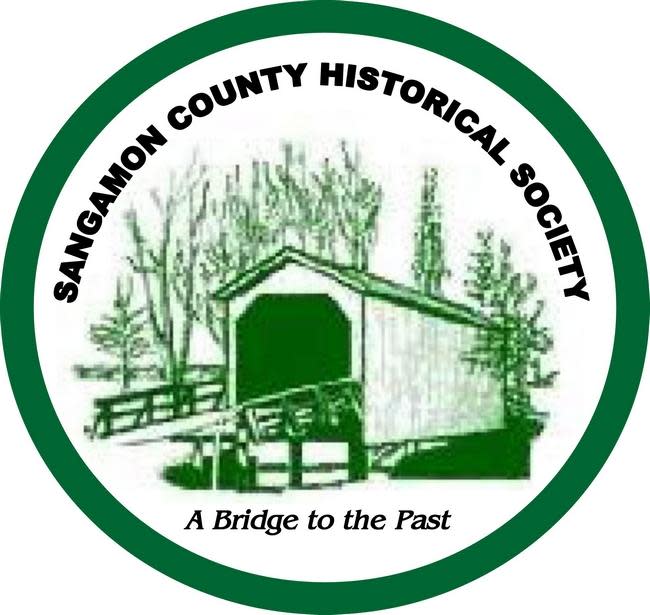Dreamland Park offered fun and recreation to Black community from 1921 to 1938
“To my way of thinking, the colored people should at least have a place where they can congregate for the purpose of holding picnics, celebrations and public gatherings,” Sangamon County Republican Party chairman George Fish told the Illinois State Journal in September 1925. “As we all know, the colored people do not mingle with the whites in any of their places of amusement, and it seems to me that, inasmuch as they have shown their willingness to have their own separate place of amusements, we should at least let them alone.”
Fish was responding to the Sangamon County Board’s denial of a dance-hall license for Dreamland Park, a Black-owned amusement park and sports center on Cornell Avenue. Dreamland Park, operated by businessman/politician Amos Duncan, was one of the few local recreation spots that catered to African-Americans in the early 20th century.
The park was open from about 1921 until 1938. When Fish made his comments in 1925, he said Dreamland Park incorporated a children’s playground, popcorn stands, a soda fountain, the dance hall “for colored people only, and other amusements such as white people enjoy.”

It isn’t clear why county supervisors denied the permit. At the same meeting (Sept. 9, 1925) where Dreamland was denied a permit, the board rejected applications from four other dance halls, approved licenses for four more and postponed action on one. All the other facilities appear to have been white-owned. No reasons were given for any of the denials. In his statement, Fish said county board committee members who visited Dreamland had “found everything conducted in an orderly and lawful manner.”
The board’s action may not have impeded Dreamland much anyway. The state of Illinois granted Dreamland a charter on Sept. 12, three days after the county action, and a Black social organization, the Knights and Daughters of Honor, held an outing at the park a week later. Newspaper stories report that dances were being held at Dreamland at least by 1926.
But Dreamland was for more than dancing. Over the 17 or so years it existed, Dreamland hosted boxing matches – at one point, it reportedly could seat 3,500 boxing fans – as well as baseball and football games and picnics and outings. Midget auto races occurred on a one-fifth-mile oval track.
More: Springfield's early movie business began in fits and starts before finally settling in
On Aug. 4, 1925, Capitol City Lodge 12 of the Knights of Pythias organized an Emancipation Day celebration. Visitors from Bloomington, Champaign, Jacksonville, Decatur, Lincoln, Peoria, and Springfield danced, played sports, picnicked, and listened to an orchestra.
In 1926, Duncan transported the Colored Boy Scouts of Springfield to Dreamland Park for a dinner and sports outing. The Knights of Pythias returned that year for their annual picnic, barbecue and Charleston dance contest. The festivities included a $1,000 fireworks display and music by Charlie Lawson’s Jazz Ambassadors from St. Louis.
The baseball diamond near 24th and Ash Streets attracted local and national baseball teams, including Springfield’s Our Club, Negro League players, and the Cuban Stars. The field was used heavily by both Black and white teams from the Springfield area.
When the park closed its season in October 1929, 800 people enjoyed food and dancing. Duncan and attorney Morris Williams spoke about hoped-for park improvements, among them a swimming pool, gathering 300 signatures of support.
In 1932 and 1933, African-American servicemen held annual picnics with baseball, music, dancing, and stage shows. In 1935, Charles Young Lodge 103 of the Improved Benevolent and Protective Order of Elks of the World, another African-American fraternal organization, held an all-day meeting and served burgoo and fried fish. In 1936, James Ford, the Communist candidate for vice-president, who was Black, spoke at a picnic and rally.
Dreamland Park was no longer listed in the Springfield city directory after 1938. Eventually, Southeast High School and Eisenhower Park were built over the former site of Dreamland Park.
In 1996, however, the Springfield Park District adopted the name Dreamland Park for a new park at 2300 Taylor Ave., southeast of the original Dreamland. Facilities include a fishing pond, playground and picnic shelters.
Originally published on SangamonLink.org, online encyclopedia of the Sangamon County Historical Society.
This article originally appeared on State Journal-Register: Dreamland Park was an amusement park for Springfield's Black community

